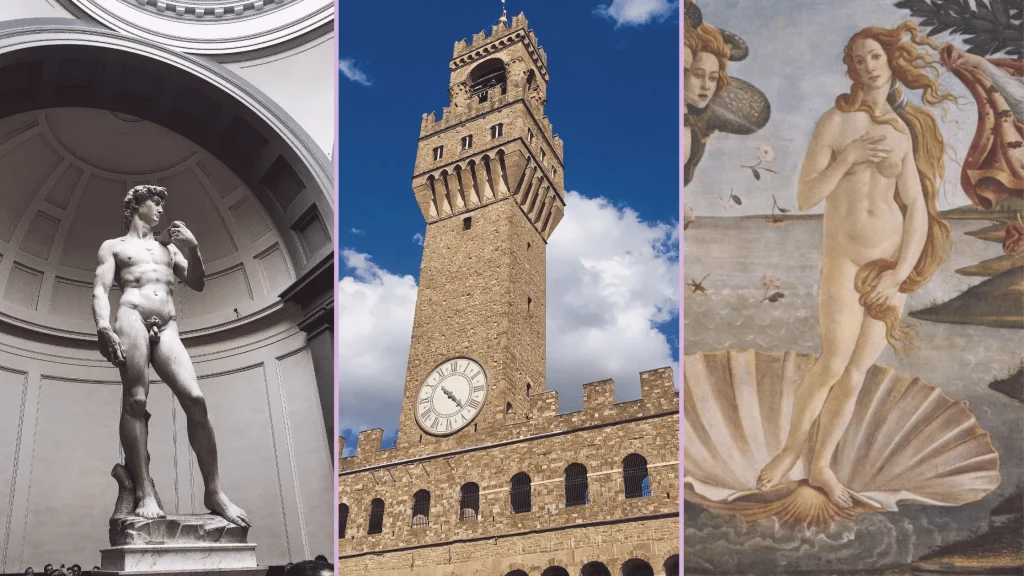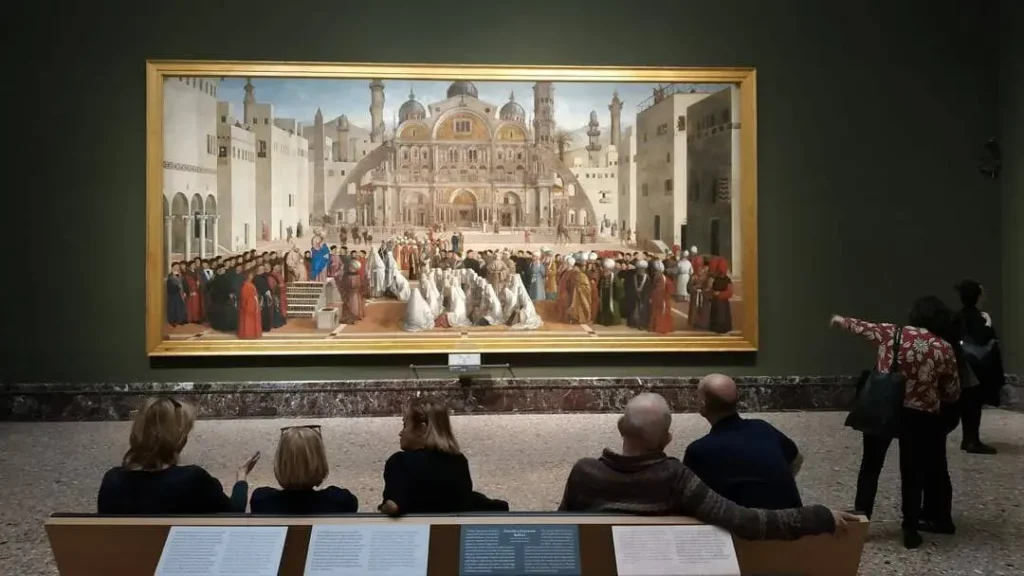
UNESCO sites in Piedmont
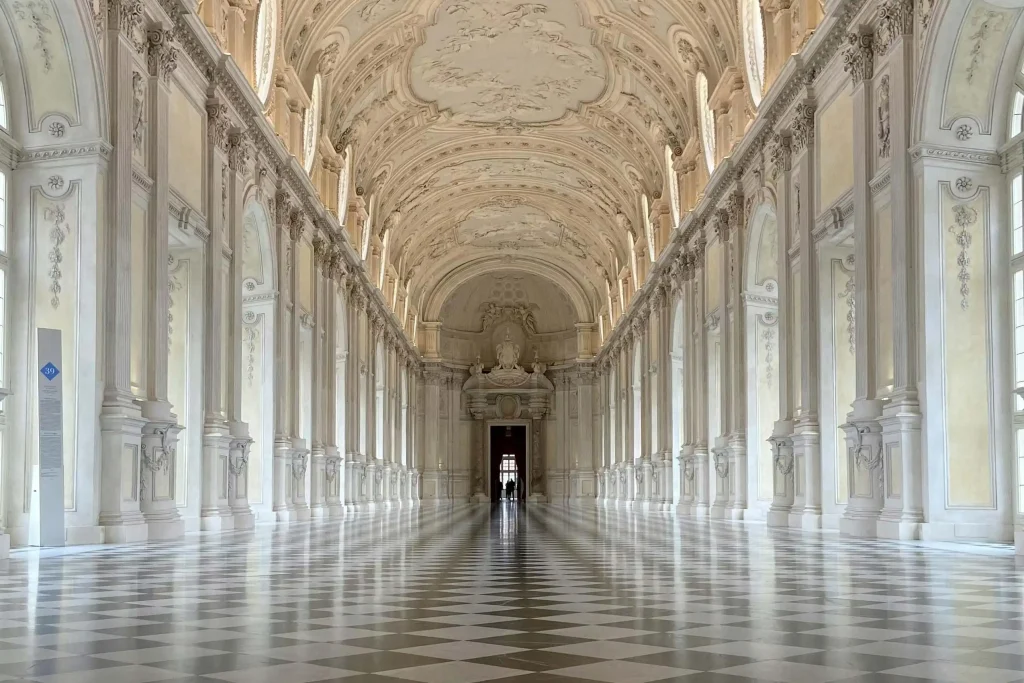
Thanks to its unique history and landscape, Piedmont is the proud home of five sites on the UNESCO World Heritage List. In this article we’ll explore these wonderful places together.
UNESCO was established for the purpose of identifying, protecting and preserving the cultural and natural heritage of the entire world, and handing it on to future generations.
Currently, Italy and China are the countries with the highest number of World Heritage Sites. Each has 55 World Heritage Sites listed by UNESCO.
What’s more, Piedmont is home to a total of five UNESCO sites; these include not only cultural and historical marvels, but also landscapes of particular splendor.
Below is the list of UNESCO World Heritage Sites in Piedmont.
The Vineyard Landscape of Piedmont: Langhe-Roero and Monferrato
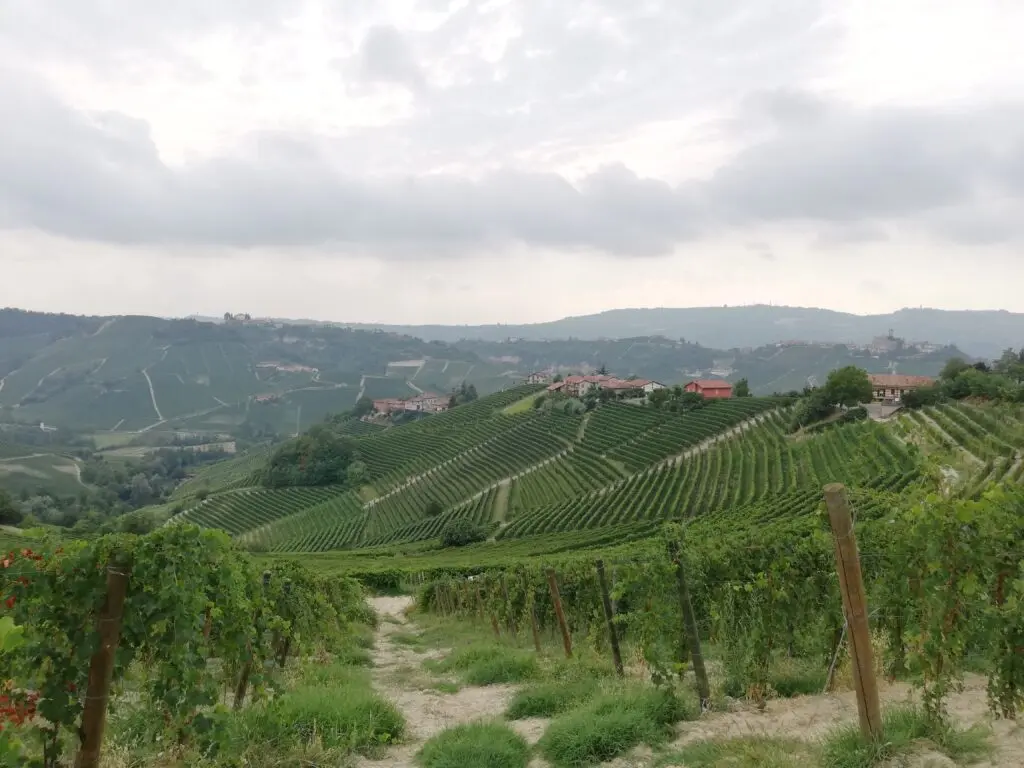
The Vineyard Landscape of Langhe-Roero and Monferrato, a UNESCO World Heritage Site since 2014, lies within the provinces of Alessandria, Asti and Cuneo.
Rolling hills carpeted in vineyards, hazelnut plantations, ancient villages, historic wineries, medieval castles: these are some of the distinctive features of this area, resulting from the combined action of humans and nature.
These stunningly beautiful landscapes are home to five distinct wine areas and one castle: The Langa of Barolo, the hills of Barbaresco, Nizza Monferrato and Barbera, Canelli and Asti Spumante, Monferrato of the Infernot, and the Castle of Grinzane Cavour.
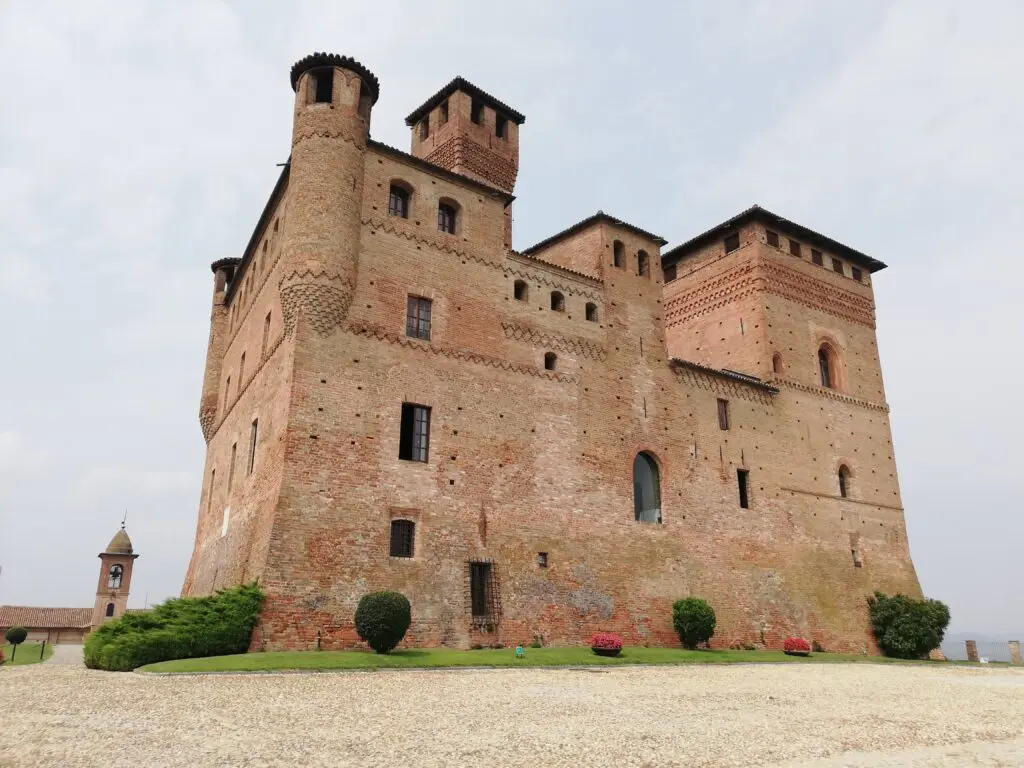
Piedmontese wine culture is one of the stand-out elements of this region. Indeed, over time excellence and innovation in growing practices have enabled the production of fine wines that are appreciated all over the world.
The best way to explore this area is definitely by car, as you’ll have the opportunity to wander and marvel at its scenic beauty.
In addition, you absolutely can’t miss the chance to take a guided tour combined with a tasting of excellent Barolo wines at a winery in Serralunga d’Alba.
The Savoy Residences
The Residences of the Royal House of Savoy have been on the UNESCO World Heritage List since 1997.
In 1563 the Duke of Savoy, Emanuele Filiberto, made Turin the capital of his duchy, kicking off a plan to reorganize the territory and celebrate the power of the Savoy family.
Over the years, his successors followed suit, centralizing all administrative, political and cultural power in the city of Turin by building new residences and renovating existing ones.
During the eighteenth and nineteenth centuries, new residences were acquired by the Savoy family in areas outside the city, so that work could be alternated with leisure and entertainment.
Each of these residences stands out for its own distinctive features, but together they offer an extraordinary and comprehensive testimony to the might of the House of Savoy, as well as Piedmont’s history and the Unification of Italy.
Among the many Savoy residences, we have to mention the Palace of Venaria, the Royal Palace of Turin and the Pollenzo Estate.
Palace of Venaria
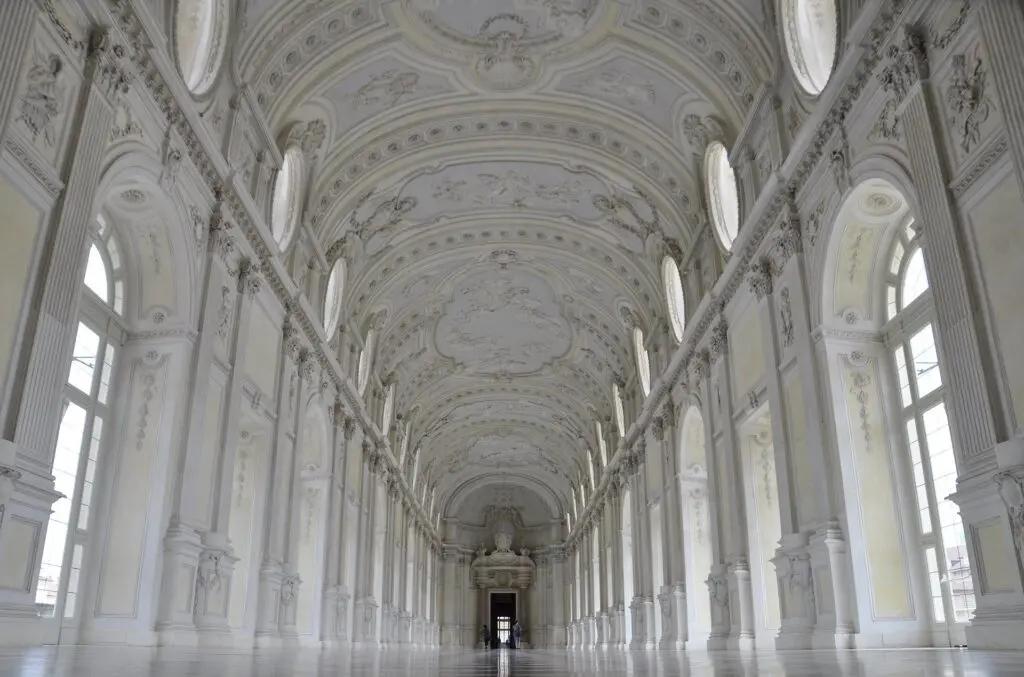
The Royal Palace of Venaria is considered one of the greatest masterpieces of the Baroque period. It was built by Amedeo di Castellamonte in the mid-17th century as a hunting lodge for Charles Emmanuel II.
Over time, expansion and improvement work was carried out, sometimes by prominent architects such as Filippo Juvarra.
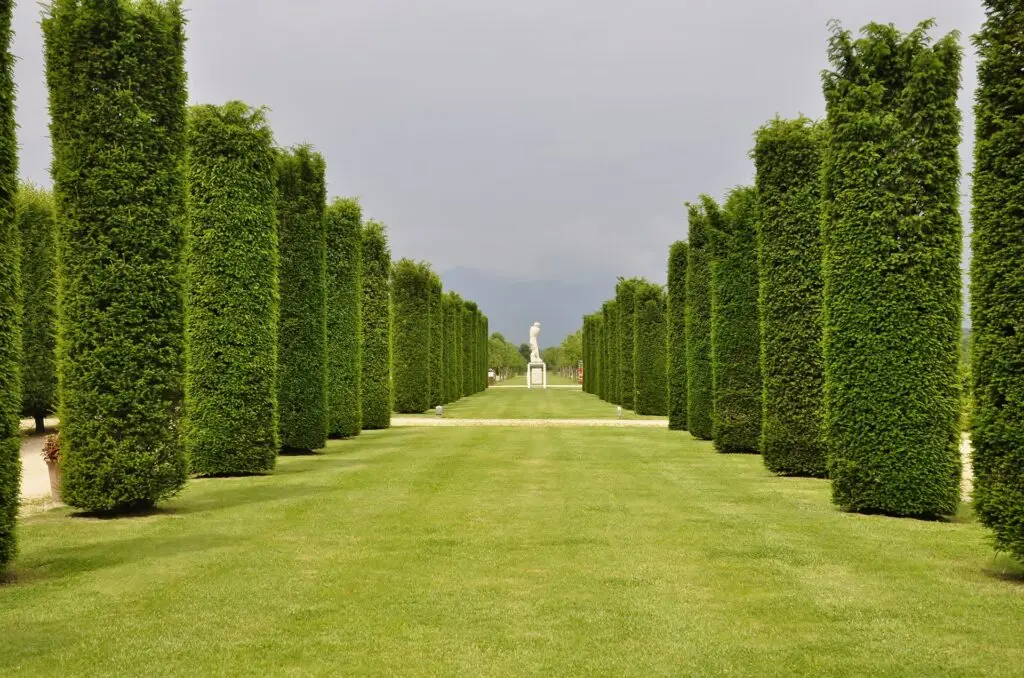
For the best experience of the Palace of Venaria, we recommend joining a guided tour. Accompanied by a local tour guide, you’ll discover all the secrets of this indescribably beautiful palace.
Royal Palace of Turin
The Royal Palace of Turin, with its museums, is included among the Savoy Residences, now a UNESCO World Heritage Site. Considered the symbol of the powerful House of Savoy, the palace was home to the royal court and the government of the day.
Today you can still admire the famous Hall of Mirrors and the magnificent Royal Armory. A guided tour allows you to see all this. Your guide that will take you, step by step, into the world of the Savoys.
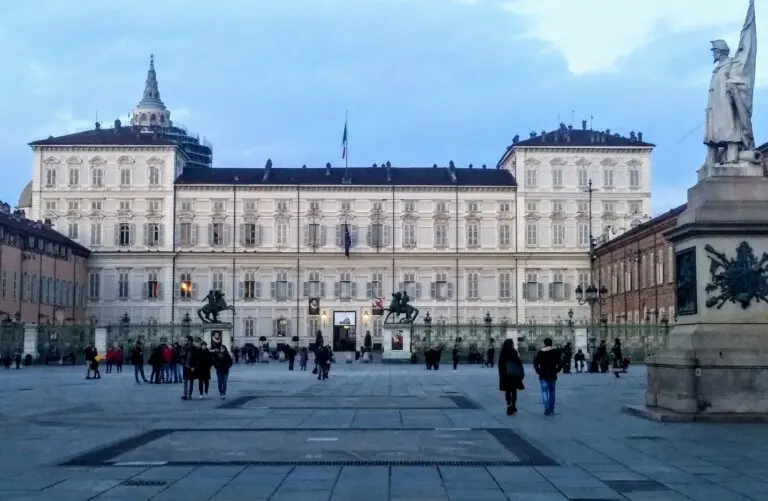
Pollenzo Estate
Last but not least, the Pollenzo Estate was created thanks to Charles Albert of Savoy.
The purpose of this wonderful place was as a headquarters for the Savoy family. The king sensed the estate’s agricultural potential, and set up a farm with vineyards and wineries, giving the ancient village a new image.
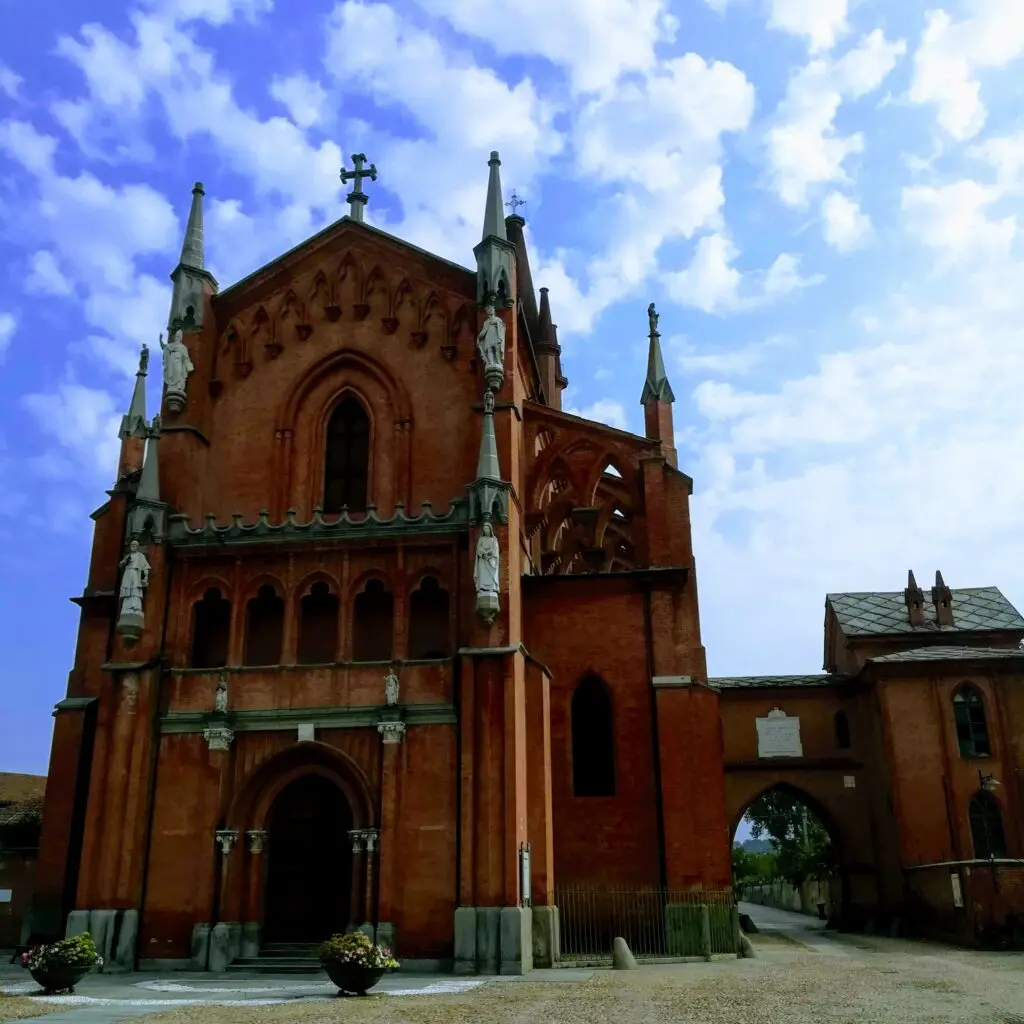
The family’s connection with Pollenzo was deep and lasting, so much so that Victor Emmanuel II often used the title “Count of Pollenzo.”
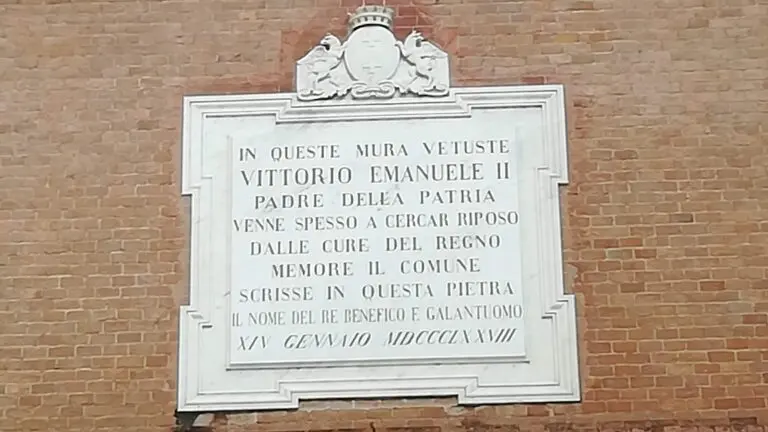
Today the complex is home to the University of Gastronomic Sciences, the Banca del Vino and a hotel.
If you’re curious to know what experiences we can offer you as you explore the Savoy Residences, click HERE and have fun choosing your favorite activity!
Sacri Monti of Piedmont and Lombardy
The Sacri Monti of Piedmont and Lombardy were added to the UNESCO World Heritage list in 2003.
The site consists of a series of nine separate complexes in the mountains of northern Italy, straddling Piedmont and Lombardy.
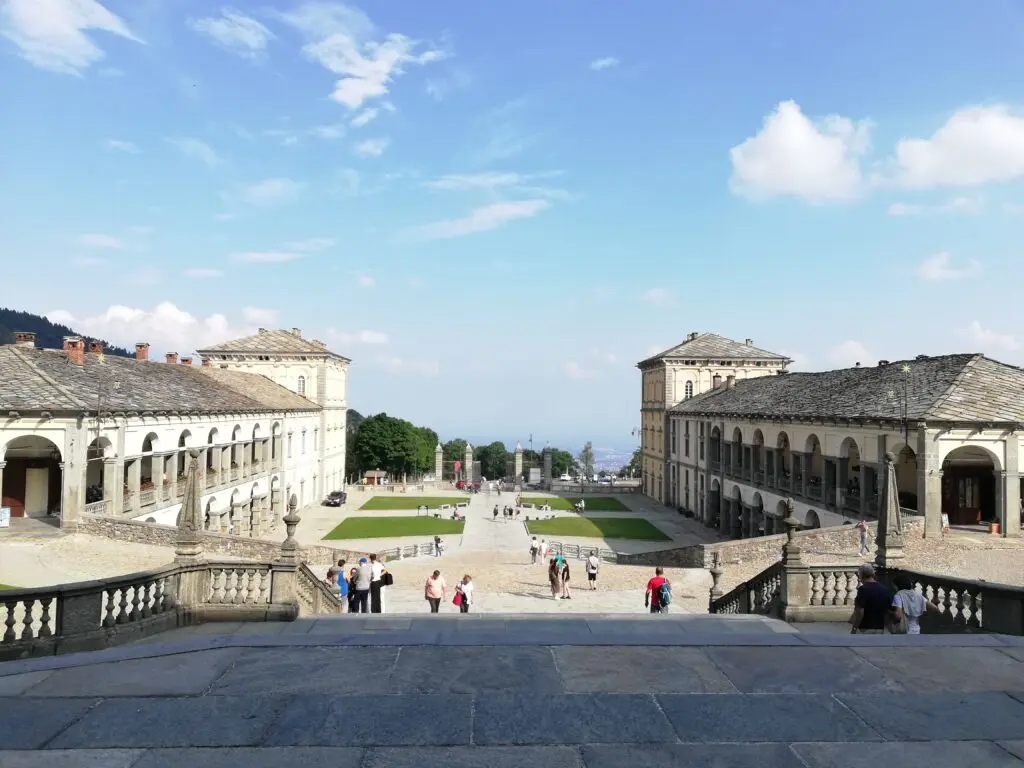
These places of worship were created to celebrate the Christian faith in Europe with a series of chapels and monuments. An alternative to pilgrimage to the Holy Land, which is not accessible to everyone.
The Sacri Monti architectural complexes are spread over the hillsides, encouraging visitors to follow a kind of physical and spiritual path. A real pilgrimage on a symbolic itinerary of religious stations that imbue the natural setting with spirituality.
These sites are the result of a grandiose landscape architecture plan in which nature and human endeavor come together in a unique and harmonious style, extraordinarily at home in the landscape of forests, lakes and hills.
The Sacri Monti of Piedmont include Belmonte, Crea, Domodossola, Ghiffa, Oropa, Orta and Varallo.
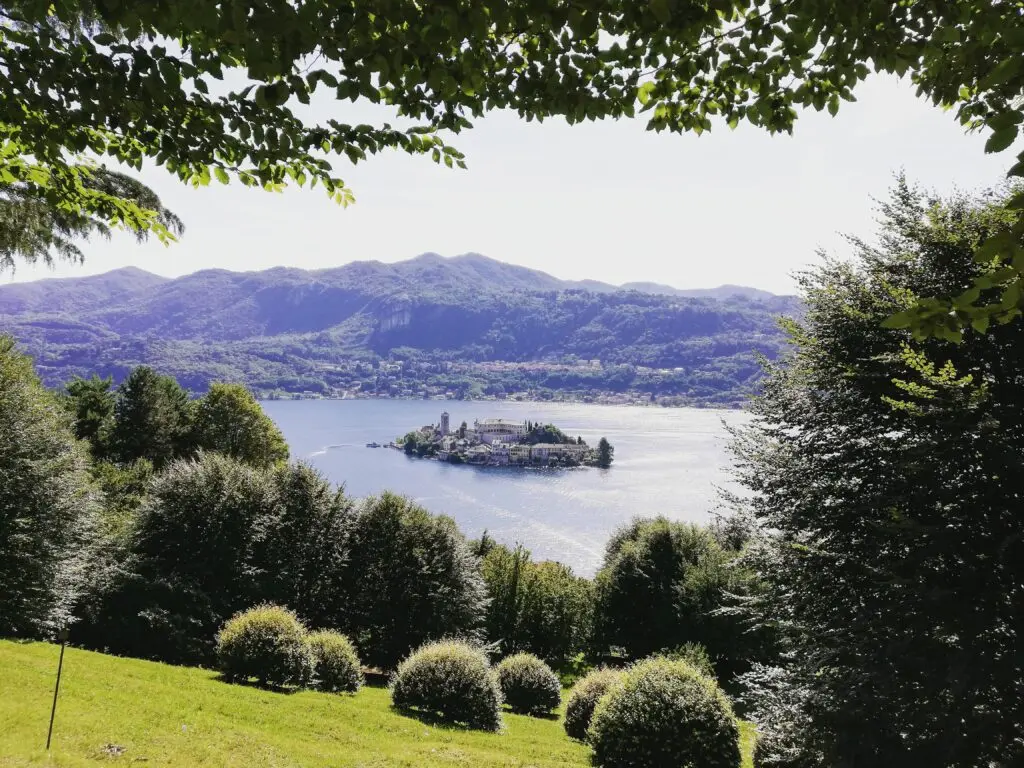
These places are definitely worth visiting: you’ll feel you’re in a magical place with a very special atmosphere.
Ivrea, Industrial City of the 20th Century
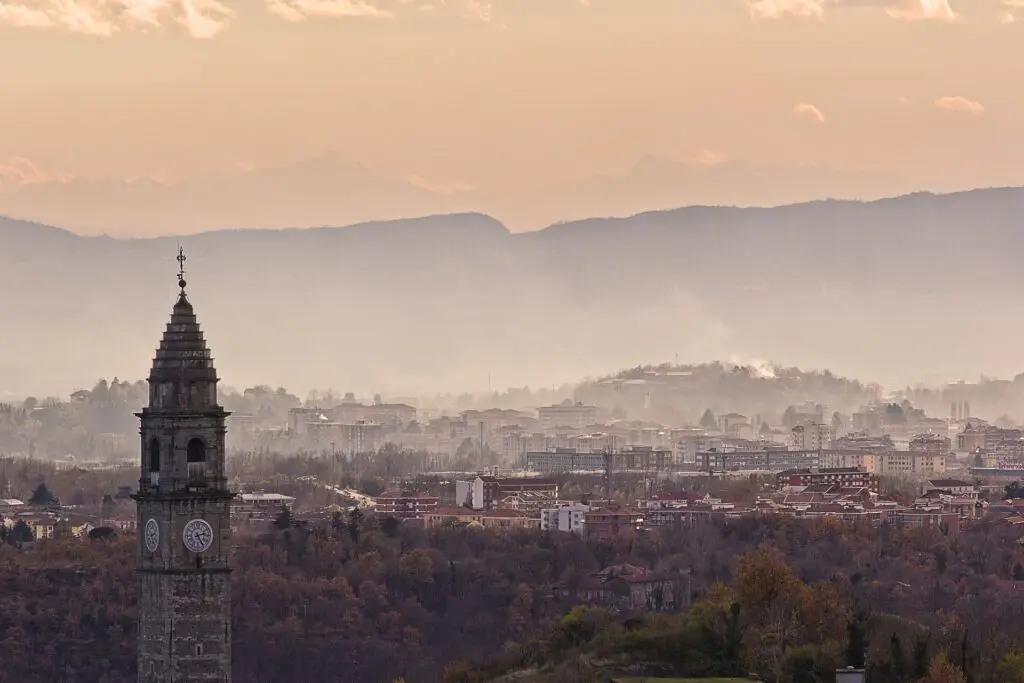
The credit for Ivrea’s recent title of “Industrial City of the 20th Century” goes to Adriano Olivetti. The city was listed as a UNESCO World Heritage Site in 2018.
The industrial city of Ivrea was founded in the early 20th century. The period of greatest development was between 1930 and 1960, when the famous Olivetti company was producing typewriters, calculators and other office equipment.
The company’s success led it to expand and build new factories and offices, as well as ancillary services such as a nursery, a canteen and housing for workers.
This project, carried out by the Olivetti family with assistance from some of Italy’s best-known architects and urban planners of the period, resulted in the creation of a model community in an industrial city, based on the economic, social and cultural wellbeing of the workers.
Today Ivrea is the quintessential example of innovative development based on collaboration between business and workers, contributing to the welfare of local communities.
Prehistoric Pile Dwellings around the Alps
The Prehistoric Pile Dwellings are a series of 111 archeological sites scattered over six countries in the Alps (Switzerland, Austria, France, Germany, Italy and Slovenia) and have been a UNESCO World Heritage Site since 2011.
These sites contain the remains of prehistoric settlements, in the form of pile dwellings organized into villages, dating from 5000 to 500 BC and located in wetlands.
Their exceptional state of preservation has made it possible to document the lifestyle and customs of early people in the Neolithic period with great detail and clarity.
There are two UNESCO pile-dwelling sites in Piedmont:
- on Lake Viverone, between Turin and Biella;
- the Lagoni di Mercurago Natural Park in Arona, Novara province.
Excavations of the latter revealed pottery and ornamental objects, as well as tools and wooden artifacts.
Have you been to any of these places? In your opinion, are there other sites in Piedmont that deserve to be included on the UNESCO World Heritage list?
If you want to know more about our activities in Piedmont
and find out which experience is perfect for you!
Categories
Art & Culture City Break Family Friendly Food & Wine Outdoor Rainy Day Romantic UncategorizedFeatured posts
-
Three days to fall in love with Florence
Art & Culture
-
Summer food and wine trip
Food & Wine
-
UNESCO sites in Piedmont
Art & Culture
